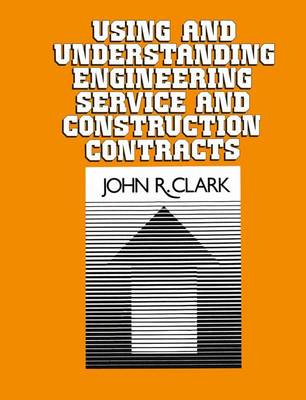1. HISTORICAL BACKGROUND In the late 1950s many members of the design professions-Engineers as well as Ar- chitects-became concerned about their exposure to claims for professional malprac- tice and particularly about the increasing number of claims that had been successfully brought against them arising out of their Construction Phase activities. This led to special studies sponsored by the American Institute of Architects and the Engineers joint Counsel. The outcome was twofold: the development of a policy of professional liability insurance to insure Engineers and Architects against errors and omissions in the performance of their professional services, and the review and development of the customary contractual arrangements defining the design profeSSional's undertakings vis a vis his client (the Owner), the Project to be designed, and the Contractor who was to implement that design. At the outset, the AlA's Owner-Architect Agreement (No. B131), General Conditions (No. A201) and the Owner-Contractor Agreements (Nos. A101 & 111) were the documents most frequently used by design professionals, and these received particular attention.
In the early 1960s it became apparent that there was a need for a separate series of documents prepared to address these relationships when the Project to be designed involved primarily engineering considerations. The number of Projects for which the Engineer was employed by the Owner as the prime professional to handle the Project design and construction administration was increasing.
- ISBN10 0442218044
- ISBN13 9780442218041
- Publish Date September 1986
- Publish Status Active
- Publish Country NL
- Publisher Springer
- Imprint Kluwer Academic Publishers
- Format Hardcover
- Pages 336
- Language English
